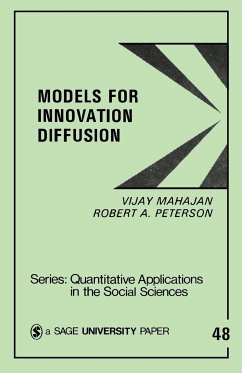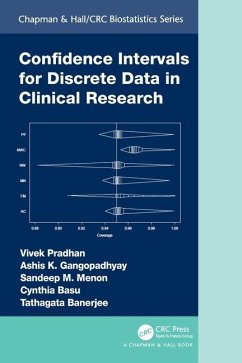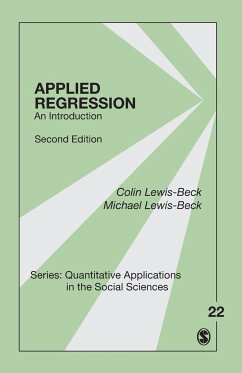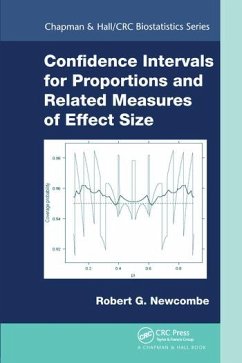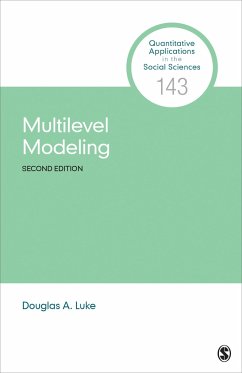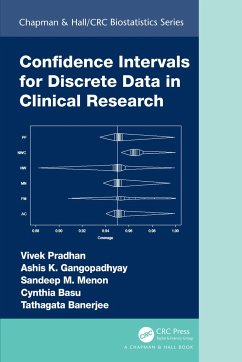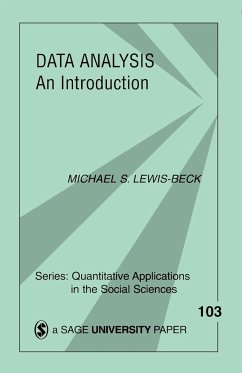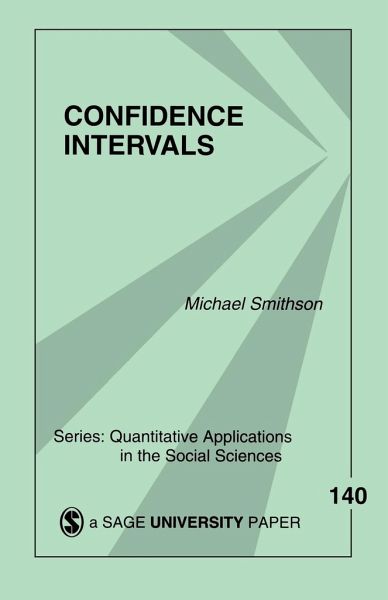
Confidence Intervals
Versandkostenfrei!
Versandfertig in 1-2 Wochen
43,99 €
inkl. MwSt.

PAYBACK Punkte
22 °P sammeln!
Introduces the basis of the confidence interval framework and provides the criteria for 'best' confidence intervals, along with the trade-offs between confidence and precision. This book covers topics such as the transformation principle, confidence intervals, and the relationship between confidence interval and significance testing frameworks.





